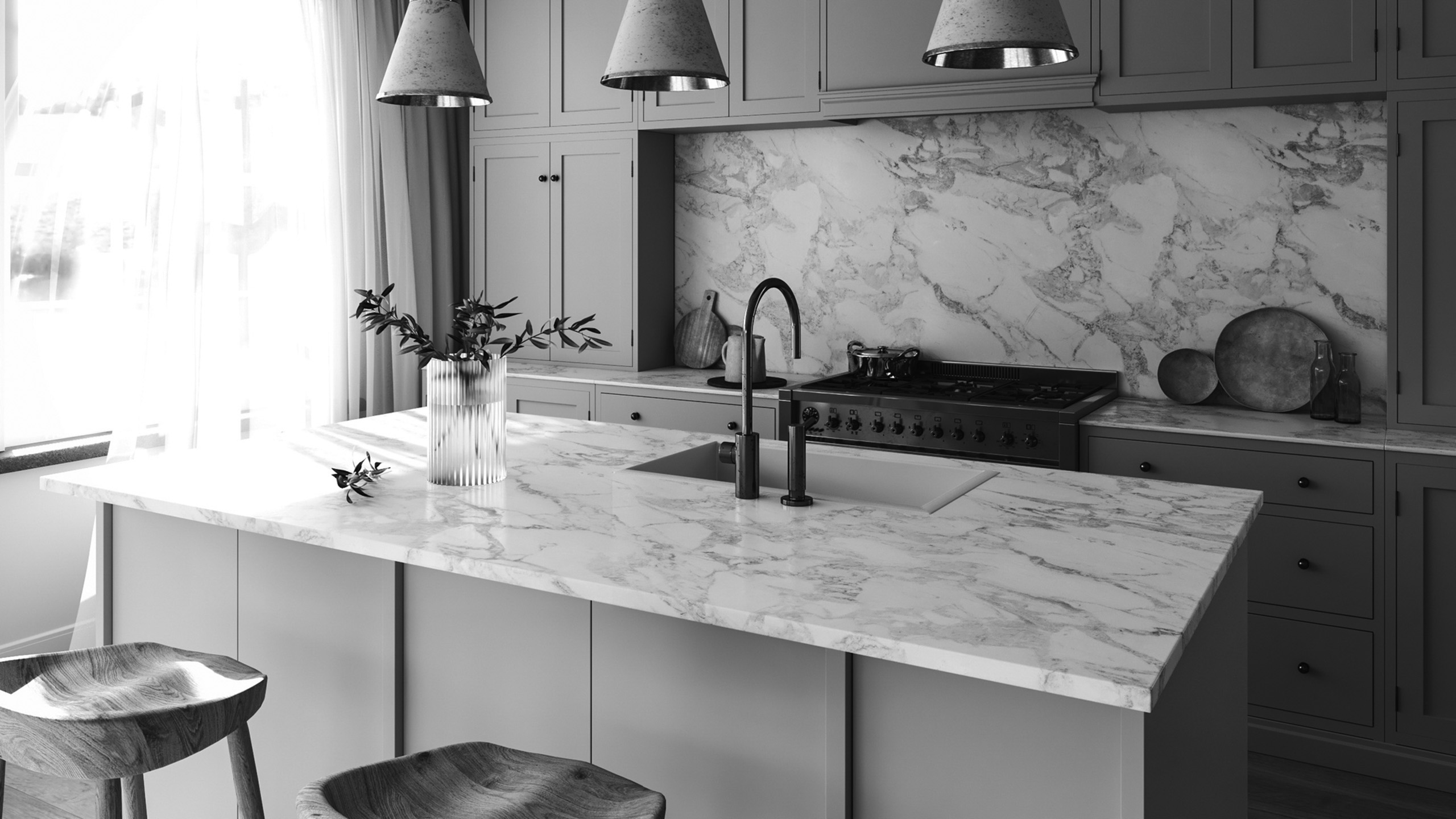
Home maintenance tips
Your new home will need to get used to being lived in as much as you need to get used to living in your new home. There are certain things that you should keep an eye out for when you first move in that will help your home love you as much as you love it.
properties.trackTitle
properties.trackSubtitle
Drying Out
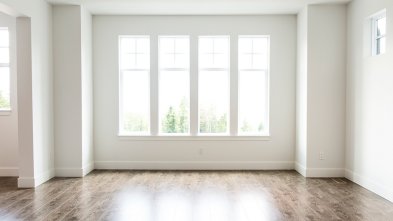
Drying out
Many materials used in building a house are mixed using water, such as plaster, concrete and mortar. This means that water will evaporate from these materials and may cause condensation in your home. This process is known as 'drying out' and usually only lasts for about six months.
The following steps will help you reduce the effects of drying out:
- Wipe away any condensation on windows and other glass surfaces
- Cover pans when cooking
- Wherever possible, dry clothing outdoors. If you use a tumble dryer, make sure it vents outdoors or is fitted with a condenser
- Do not block air bricks or vents
- When possible, leave windows or trickle-vents open
- Close doors when taking a bath or shower to avoid moisture spreading
It is inevitable that small cracks may appear in the plaster and woodwork, as part of the drying out the residence. These will not affect the structural integrity of the property, and they should be dealt with easily during normal redecoration process.
Drying out can also cause salts to be deposited on internal and external walls. These might appear as white marks and can be easily wiped away. If the problem persists, this could indicate a water leak, in which case you should contact your developer.
Condensation
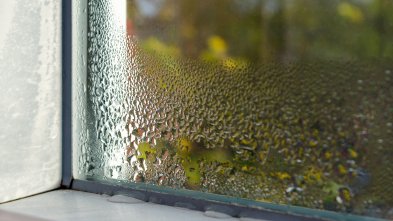
Condensation
Condensation accounts for approximately 70% of domestic damp and is commonly attributed to a lack of balance between heating and ventilation, resulting a rise in relative humidity.
An average family can produce up to 17 litres of water vapour a day from drying wet clothes on radiators or using a tumble dryer, having hot baths or showers, boiling kettles, cooking and simply breathing!
An excess of condensation can cause peeling wallpaper, crumbling plaster, discolouration and health issues caused by the growth of mould on walls and ceilings, or dust mites.
To control the excess of moisture you can close kitchen and bathroom doors to prevent steam going into other colder rooms, opening windows each day, even in the winter, to allow a change of air, wiping down surfaces when moisture settles and maintaining low background heat.
Normal condensation issues that do not endanger the structural integrity of the property are excluded from the policy.
Shrinkage
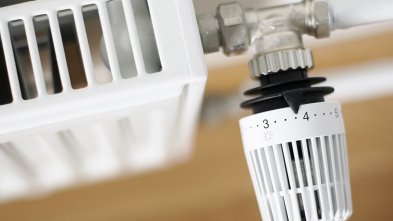
Shrinkage
As your home is lived in and heated, the timber and plaster used to build your home will shrink which may cause small cracks to appear. These cracks are not an indication of subsidence or any structural defects and can be permanently repaired.
To minimise cracking, try to keep an even temperature throughout your house, and whenever possible, don’t have the heating on too high.
If cracks appear, they should be left for a few months before you try to seal them. If you redecorate, use good quality filler on any gaps.
Cracking
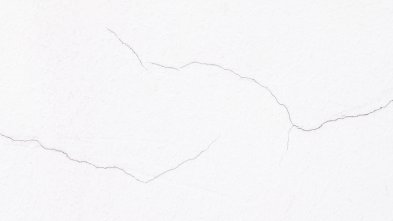
Cracking
Small cracks are common in newly built properties. To minimise cracking, the drying process needs to be gradual, therefore you should ventilate as much as possible and use your heating moderately.
When minor cracks appear, these should be left and sealed during decoration, once the drying out process is complete.
If however you feel these cracks are more significant, report them to your developer as soon as possible as they may be the first signs of movement in the structure.
Water staining
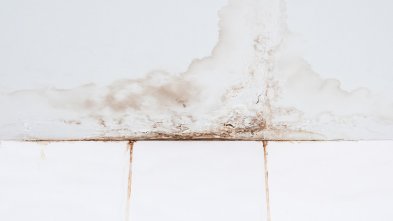
Water staining
If you find evidence of any water staining on the walls or ceilings of your property, report these to your developer as soon as possible.
This could be the result of faulty plumbing or the first signs of water entering the property through the external walls or roof.
Efflorescence
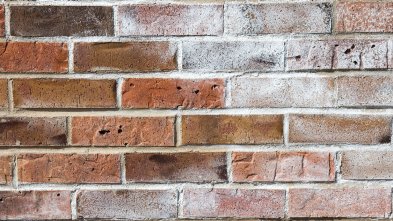
Efflorescence
Efflorescence typically occurs during initial cure of a cementitious product, when water moving through a wall or other structure, or water being driven out as a result of the heat of hydration as cement stone is being formed, which forms a white deposit that can normally be removed by wiping or brushing with a dry, stiff brush.
It is important that you do not try to wash off the salts, since this may make matters worse.
Other snagging issues
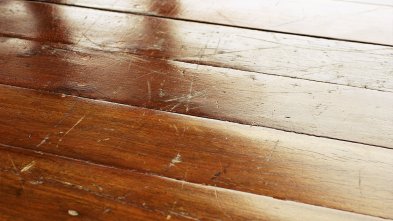
Other snagging issues
Keep an eye out for any scuffs, scratches or marks on any of your walls, surfaces or appliances.
Although these are not covered under your policy, you will need to make your developer aware of them to ensure you get them remedied as soon as possible. If you have any areas of concern, take photographs. This is not only to evidence the problem, but will also allow you to determine if the problem worsens over time.
Please note that these are not covered under our policy, and you should go directly to your developer.
Lifestyle and your home
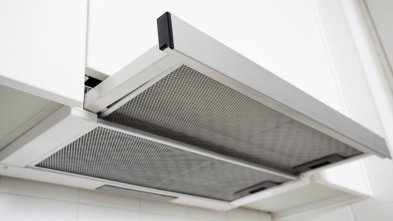
Lifestyle and your home
All newly built dwellings are required to meet good levels of insulation and air tightness, this potentially means that dwellings do not 'breath' as well as an older building. For this reason, new houses will retain moisture from cooking and bathing for longer periods which could cause condensation.
To avoid condensation dwellings are now installed with various methods of ventilation systems which may include the following:
- Local extract fans in kitchens and bathrooms
- Continuous mechanical extract systems
- Whole house ventilation systems with heat recovery
It is important in all of the above methods of ventilation that you familiarise yourself with the controls and operation of each system. Here are a few suggestions to ensure your new dwelling is correctly ventilated:
- Local extract fans in kitchens and bathrooms
- Switch on extract fans during cooking, bathing and showering, leave switched on for an additional 20 minutes
- Continuous mechanical extract systems
- Do not switch off or isolate and ensure that trickle vents to habitable rooms are left open.
- Whole house mechanical ventilation with heat recovery
- Do not switch off or isolate, ensure the correct mode (where applicable i.e. summer or winter) is set and provide maintenance to the system in accordance with the manufacturers recommendations
DIY and maintenance

DIY and maintenance
When carrying out any DIY or maintenance work, it is important to remember that damages caused by such work are unlikely to be covered by our policy.
Care should be taken to ensure that the work you undertake is done safely, and follows the guidelines provided by the manufacturers of the products and materials you use. The following tips will help you when undertaking any new works on your home.
Painting woodwork

Painting work
New woodwork absorbs considerable amounts of paint, so the first painting of a house needs extra attention. If you are painting for the first time, surfaces must be clean, prepared properly and be completely dry before repainting. Outside woodwork should be repainted more regularly.
Extensions and alterations
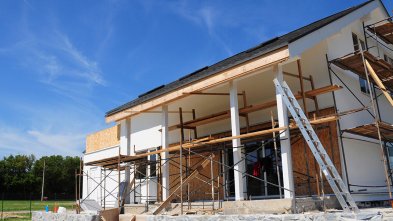
Extensions and Alterations
An extension or alteration allows you to personalise your home by creating space or character. However care must be taken to make sure this work does not damage your property.
Damage caused by this kind of work will not be covered by your structural warranty and could, in some cases, invalidate your policy.
To avoid problems, we advise that any building work is carried out carefully by competent contractors.
What are extensions and alterations?
| Alterations examples | Extension examples |
|---|---|
| Removing an internal existing wall or partition | A conservatory or sun room |
| Replacing windows or doors, or adding new ones | A basement |
| Significantly altering the ground levels around your home | A porch |
| Carrying out work to drainage, plumbing or electrical services | A garage |
| Attaching solar thermal or solar PV panels to your roof or walls or windows | A new room (such as a loft conversion) or making an existing room bigger |
| Installing additional insulation to cavity walls | |
| Removing accessible entrances | |
| Converting an existing garage into a habitable room | |
| Storage platform in roof space |
Damage that may be caused
| Works that could lead to damage | Damage that could result from the works |
|---|---|
| Raising external ground levels | May breach your DPC and allow water to penetrate your floors and walls |
| Adding cavity wall insulation | Could affect a wall’s resistance to moisture |
| Making changes to internal walls | Might affect structural support – it may not always be obvious where this is |
| Excavations close to your home, whether to build an extension, install a hot tub or lowered trampoline, for example | Potential to damage or undermine your existing foundations |
| Build over drains or services, such as water or gas pipes, or electricity or telephone cables | Could damage pipes and cables or compromise access points, such as rodding points |
| Plant trees or shrubs close to your home | Could lead to subsidence in clay soils as some woody shrubs and trees demand a lot of water |
| Overloading the roof trusses through storage | Could damage the truss and the finishes to the ceiling below |
Keeping you safe
| Fire safety feature | What you should and should not do |
|---|---|
| In homes where floors are 4.5m above the outside ground levels you should have a protected stairway leading to an external door | This should be properly maintained, or specialist advice sought from your Building Control Body |
| Fire doors, smoke alarms, heat detectors and sprinklers | Should not be altered without taking advice from a specialist |
| Walls, ceilings and floors separating you from neighbours are designed to provide resistance to fire sound transmission (and limit heat loss) | Make sure that any works do not reduce the effectiveness of these barriers |
| Some windows may have been designed as an emergency escape | Never obstruct them and if you replace them they must meet the minimum requirements of the building regulations |
Avoiding problems
You can avoid problems by following this guidance:
- Seek professional advice before you start any work, including for potential legal issues as well as technical support
- Speak to your local authority to find out if your work requires planning permission or building regulation approval
- Tell your neighbours if you want to carry out any building work near or on your shared property boundary, party wall or structure in England and Wales. There are different rules for Scotland
- Party walls stand on the land of two or more owners and either form part of a building, or a plot boundary such as a garden wall (but not wooden fences). Further guidance on party walls can be found here
- If your property is leasehold, check the lease agreement to be sure you have the right to make alterations
- Do not cut down or prune a mature tree without checking with your local authority that it’s not protected by planning, Conservation Area restrictions or a Tree Preservation Order
- Let your home and contents insurance provider know about any extension so that it is covered and any works will not invalidate your policy
Where to find reputable contractors
As well as recommendations, ask for written references from contractors. Other things to look out for include:
- Trustmark membership – a government scheme covering all building trades
- The National Federation of Builders - for registered contractors in your area
- Registrations with Gas Safe for gas engineers, FENSA for windows, NICEIC for electricians, OFTEC for oil-fired equipment and HETAS for solid fuel heating systems
Leaving your home empty for long periods

Leaving your home empty for long periods
In the event that your new home would be unoccupied, especially during winter time, it is highly recommended to leave a thermostat set to 10 ºC and set the programmer or time control to keep this temperature steady. This will avoid an excess of moisture in the house, as well as the service pipes to freeze.
Clearing a blocked wastepipe or toilet

Clearing a blocked wastepipe or toilet
It is a very common problem to have blocked sinks and basins. Blockage in sinks is normally caused by the accumulation of fat, tea leaves, hair, etc. It is highly recommendable to clean wastes with hot water, or a bio-degradable cleaner at least once a month.
Toilets are normally blocked by unusual objects such as nappies, toys and air fresheners. If, however more than one fitting is blocked, the problem may be in the soil stack or main drain. This can be cleaned using rods.
Checking drains and gutters
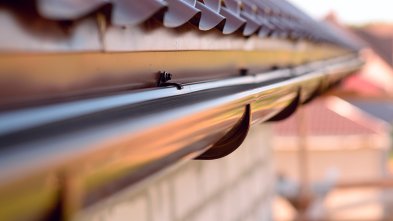
Checking drains and gutters
Gutters and downspouts need to be checked and cleaned twice annually and more often during the rainy season if there are tall trees near the house. Use a small garden shovel to clean gutters and insert a hose into gutter drains to flush the downspouts.
Resetting a trip switch

Resetting a trip switch
Electric circuits are designed to carry certain amounts of electric load. To prevent the fuses to melt, when this load has been exceeded, circuit breakers called trip switches have been installed. This may lead to localised failure of the electricity supply in the home.
If the electricity is not working but only on certain appliances or light bulbs, it is highly possible that a trip switch has operated. To fix this problem, you need:
- Make sure your hands are completely dry
- Localize the consumer unit. All the trip switches are located there
- Open the cover of the consumer unit
- Check which switches have tripped to the OFF position, and put it back to on
If you have trip switches operating on a regularly basis, it can mean that a faulty appliance is plugged to that electric circuit. You might need to identify which circuit is causing the problem (e.g., microwaves can load over 2500 watts). Each trip switch should be labelled.
Looking after your heating
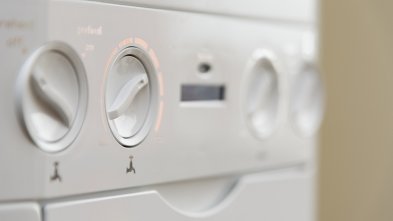
Looking after your heating
In order to keep your boiler in good conditions, you must have it serviced once a year. You should not try to do it yourself, as it must be done by a Gas Safe approved contractor.
Do not close or block ventilators in the room where the boiler is, as this would limit the supply of air to the boiler. You should always check the type of flue you have with your boiler, as boilers with balanced flue incorporate their own air supply.
If any part of the system shows signs of corrosion or leakage, may be an indication that the system, or parts need to be repaired or replaced. However small surface rust on radiators can be considered normal and is easily removed by a gentle sanding prior repainting as a part of normal redecoration.
When you redecorate your new home, you must not paint over the small valves at the top of the radiators.
Gas safety

Gas safety
If you are suspicious about a gas leak; you must not turn on the lights. Turn off the gas tap, open doors and windows, do not operate any electrical appliance, and notify your gas supplier, on their emergency number always remember not to seal off or obstruct vents, by keeping fresh air circulating around appliances.
You should check your gas appliances regularly. Stains around a gas fire, or orange flames can be signs of poor functioning.
Fire safety
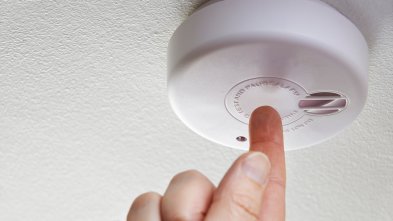
Fire safety
It is important to check on a regularly basis the operation of smoke alarms, by pressing the test button.
When you are moving in, you should consider the means of escape and a safe open space to shelter, in the unfortunate event of a fire.
Planting trees
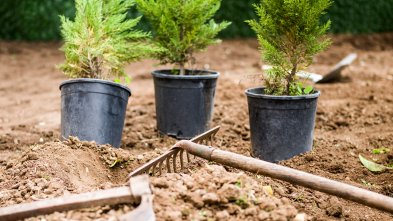
Planting trees
Part of decorating your new home, is to shape your new garden. If you intend to plant trees, or cut the existing down, there are some aspects that you should consider.
The roots of all vegetation take water from the soil to make good the water lost from the leaves. If the soil contains clay it will shrink as it is dried, or swell if it is allowed to rehydrate. If the shrinking or swelling extends below the foundations, the foundations will subside or heave respectively. If the movements are in excess of those that can be tolerated by the building, damage is likely to occur.
You should consequently obtain advice from an expert before planting or removing any tree. Not only trees can cause damage to the structure, but drains can be damaged, as well as your neighbour’s property.